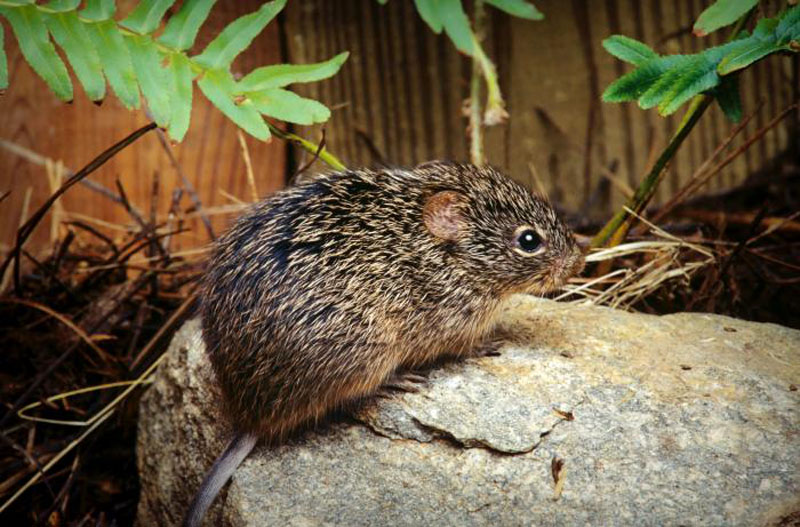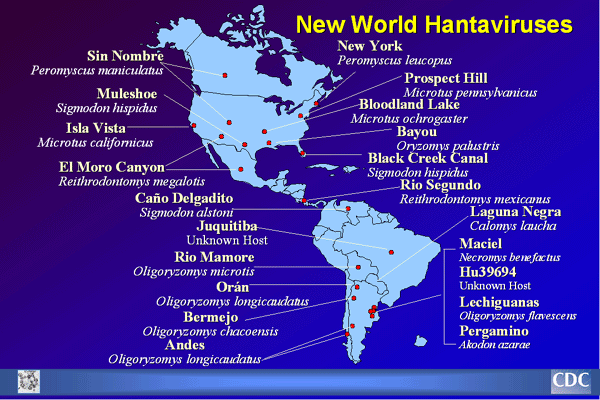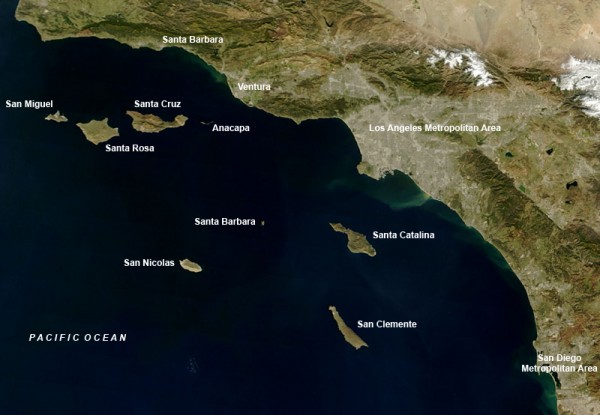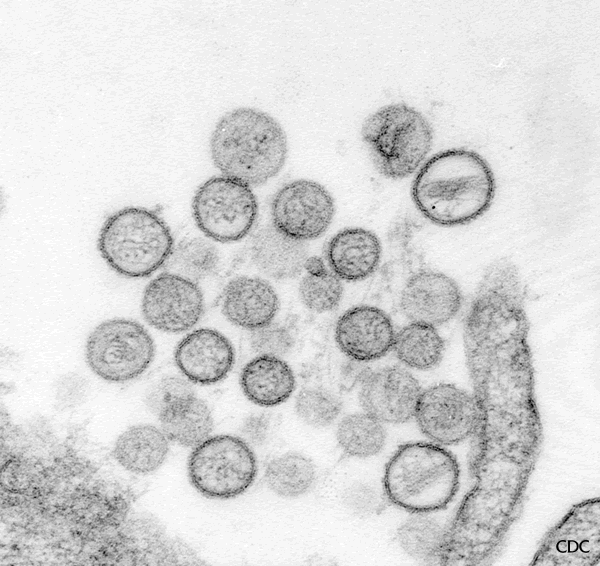Study of Deer Mice on California’s Channel Islands provides new information on Hantavirus

The researchers from the University of Wisconsin-Madison studied wild deer mouse populations on the Channel Islands off the southern coast of California. The mice carry a variant of hantavirus – a disease spread by rodents – called Sin Nombre virus. Results of the study appear in the May issue of the journal American Naturalist.
They show that just three ecological factors – rainfall, predator diversity and island size and shape–can account for nearly all the differences in infection rates between the eight islands. The study also provides some of the first evidence to support a recent hypothesis that predators play an important ecological role in regulating disease – sometimes known as the “predators are good for your health” hypothesis.
In humans, Sin Nombre virus causes Hantavirus Pulmonary Syndrome, a virulent and often fatal disease. An outbreak of Sin Nombre virus in 1993 in the Four Corners area of the U.S. Southwest killed several people and brought national attention to the disease. Learning what factors control the prevalence and spread of viruses like Sin Nombre within host populations is crucial for understanding the risks of animal-borne diseases.
Mouse populations on the Channel Islands have some of the highest rates of Sin Nombre virus ever measured. That, coupled with the isolation and well-defined food webs of the islands, makes them a good system to study what ecological factors affect the presence of the virus.
The data were collected on the Channel Islands shortly after the Four Corners outbreak, to look for relationships between biological and physical island characteristics and the prevalence of Sin Nombre on each of the eight islands. The researchers found that 79 percent of the variation in disease prevalence among the islands could be explained by a single factor – average annual precipitation. Adding in the physical characteristics of the islands and the number of predators accounted for a total of 98 percent of the variation.

Higher infection rates among Channel Island deer mice were strongly associated with more precipitation, larger island area and fewer predator species. The strong effect of precipitation levels highlights potential links between changing climate regimes and human health. The results also suggest that more diverse predator populations could help keep animal-borne diseases in check – an important lesson as top predators like wolves and bears increasingly disappear from ecosystems due to habitat loss and conflicts with humans.
The authors note that future studies should use experimental methods and examine larger systems to evaluate the generality of the observed patterns. Nonetheless, the strength of the associations they found on the Channel Islands is striking. (nsf)

Precipitation, predators may be key in ecological regulation of infectious disease


As I study the location of the Channel Islands off the
Southern California coast (particularly Catalina) providing the effectiveness of a huge breakwater and then see how wonderfully the Palos Verdes Peninsula shields the San Pedro Bay from the strong south flowing currents I realize that San Pedro Bay has been a wonderful natural harbor for a long long time. No wonder two of the largest harbors in the modern world are now located there. And maybe that's also why Bob
Meistrell (Body Glove) found scores of what many believe are ancient Chinese stone anchors in shallow water right off that peninsula that protects that bay. Google: "Hwui Shan-The Land of Women I believe I can show you"